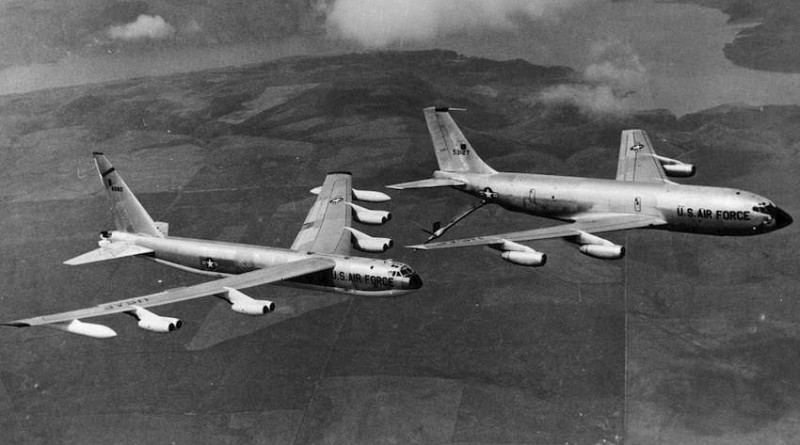Strategic Air Power Development in between World War 1 & 2
When the truce to solve War of the nations 1 was signed, countries prepared for the upcoming battle. Fighter airplanes were re-built to end up being deadlier. It was made to fly greater, and further much more nimble in combat. The planes were outfitted with gun turrets, bombsights, air-cooled engines, cantilevered wings, retractable landing gear, and all brand-new steel build. When the second world war was proclaimed, the airplanes were ready. And with the United States becoming a part of the battle, every “first of its kind” airplane was currently included for combat.
The economic crisis that the globe experienced in the 1920s made the armed forces investing during peacetime show too much.
World War drove aeronautics and aviators for improvement in flying skills and modern technology both for civil and military. This offered the military area to establish technology for war without being discovered.
The spitfire boxer was developed from a private racing aircraft, seeing its potential for battle. The army saw its abilities and promptly ordered exact same kind of airplanes at some point developed P-47 Thunderbolt the most favored aircraft for the war. Getting modern technology from the public offered the army functional and logistical experience.
Center of the 1920s, Germans started rearmament. Lufthansa, their leading airline, was associated to train aviators and established the aviation sector in motion. Improvement of Luftwaffe was the greatest concern since the Nazi party pertained to power in 1930.
All the countries began assembling their very own air fleets the arms race started. Everybody learned from the very first war the value of remarkable air power. This means far better airplanes, first-rate, can be repaired easily and can be mass-produced. The concentration was on the advancement of fighters as well as bombers.
In the middle of the 1930s came all-metal monoplanes. British had 2, Hawker Typhoon, and Supermarine Spitfire. Machine guns mounted in the wings make it possible for the Typhoon continuous firing. It had a Rolls Royce Merlin engine. Eight machine guns were mounted on the Spitfire, It can fly as fast as 355 mph, and a great deal at high heights.
The harmful Messerschmitt Me.109 could fly at speeds up to 342 mph. It could do fierce dives and also fast climbs. This is Germany’s response to the Spitfire. It has the tiniest imaginable airframe equipped with a Mercedes-Benz liquid cooled engine.
Bombing planes were built with a capacity for far off travel and also to lug hefty bomb loads. The technology of rotating gun turrets eliminated the need for having a number of guns considering that it can cover the range. These bombers are furnished with several engines.
The Japanese has long-range bombing plane companion called Mitsubishi A6M Reisen Zero. It had an incredible ability to move at high speeds and also high. There is wasn’t safety armor for pilots as a result of the hefty weight.
The Boeing B-17 was created in 1935. It has 4 engines; it has an ability of 17,600 extra pounds of bombs, and 12 guns. The Boeing B-17 was designed to be the critical bombing plane throughout the 2WW.
Hugh Trenchard of the British Royal Air Force developed a number of bombardiers such as the Avro Lancaster, the Wellington, the Stirling, and the Halifax. The fighter aircraft for the Italians was the S.M. 79 a trimotor.
By the time we had actually gotten to the year 1939, Armed forces aeronautics had taken a big surge in technology with the usage of faster metal monoplanes. Germany and also England were establishing the jet engine.
More information about a military aviation during the second word war you can find on Wikipedia with reach resources at the botton of the chronology https://en.wikipedia.org/wiki/Air_warfare_of_World_War_II



